Writing Teaching Resources
Teaching writing strategies and the writing process this school year? Explore a comprehensive collection of teacher resources for primary English teachers — all created by teachers!
Stocked with graphic organisers, writing prompts, templates, worksheets and so much more, this collection of printable and digital activities is designed to help you as you help your students become more effective communicators and unleash their creativity and imagination.
Save time on lesson planning with resources that are aligned with the Australian curriculum (including version 9!) and have been through a careful review process by an expert member of our teacher team to ensure they're ready for your classroom and your students!
Are you looking for tips and tricks to add to your teacher toolkit this school year? Read on for a primer from our teacher team, including engaging activities for teaching writing inprimary school and a look at some of the different writing strategies your students will need to learn.
11 Writing Strategies Kids Should Know by the End of Primary School
We can't talk about teaching kids to write without talking about the different writing strategies that can help them do just that!
When it comes to teaching our students to become confident writers who articulate their ideas effectively, here are some of the strategies our teacher team prioritises:
1. Brainstorming
Brainstorming is something we often do in the classroom, and it's a crucial part of learning to generate the ideas that will drive students' writing as they progress through their educational journey. Kids should know how to create a list of potential topics or points related to a particular writing assignment.
With younger students, this is often done as a whole group by writing ideas and points on chart paper. In upper years, students transition over to using text-based materials to generate ideas and talking points.
2. Outlining
Before diving directly into any assignment, our students should be able to create a structured framework or outline. Teaching students how to create this outline will help them organise their thoughts and arguments for penning their essays, reports and research papers.

3. Using Graphic Organisers
Technically graphic organisers are classroom tools, so you may not think of their use as a writing strategy per se. However, learning to use these tools is another means of providing kids with the tools they need to organize their ideas and information before they sit down to write.
These organisers are particularly useful for expository writing — students can use them to outline main ideas, supporting details, and transitions.
Students can also take advantage of story maps when they are working on narrative writing to plot the key elements of a story, such as characters, setting, conflict, rising action, climax and resolution.
Graphic organisers such as the OREO strategy and hamburger paragraph are also great tools for students to use when working with opinion and persuasive texts.
4. Freewriting
Writer's block is the enemy of creativity, and it can easily frustrate young students who don't know where to begin.
When students freewrite, they write continuously without worrying about grammar or punctuation. This writing strategy can be extremely freeing — hence the name! — and helps frustrated writers move past that writer's block, generating fresh ideas.

5. Peer Editing
Learning to review and provide constructive feedback on each other's work is a great writing strategy to employ in your classroom to help students improve their writing quality and enhance their editing skills.
The strategy allows your students to learn from one another, and it arms them with an important tool they can use well into the future — calling on peers to provide a critical eye to a piece of writing.
6. Using Sensory Language
Working on descriptive writing? With this writing strategy, students engage the reader's senses through vivid and sensory language to create a more immersive experience.
7. Including Transitions and Connectives
As students become more proficient in the writing process, learning to use transitional words and phrases allows them to create smooth transitions between sentences and paragraphs. This strategy makes their writing more coherent and polished.
8. Incorporating Evidence
In persuasive, opinion and expository writing, students are taught to support their claims with evidence and examples to strengthen their arguments.
It takes some practice to train your students to use evidence in their writing, so it's often a good idea to start with something simple, like the R.A.C.E.S. strategy.
9. Crafting a Thesis Statement
In expository, opinion and persuasive writing, crafting clear and concise thesis statements that summarise the main point or argument of their essay helps students be more focused and organised in their writing.
This strategy can also have the effect of empowering students to express their ideas confidently and persuasively.
10. Incorporating Introductions and Conclusions
With this strategy, students practice crafting effective introductions and conclusions that grab the reader's attention and leave a lasting impression.
11. Following a Revision Checklist
Teaching your students to use a revision checklist is a strategy that will help them be more self-reflective, evaluating their own writing against the checklist criteria and becoming more aware of their strengths and weaknesses.

- Plus Plan
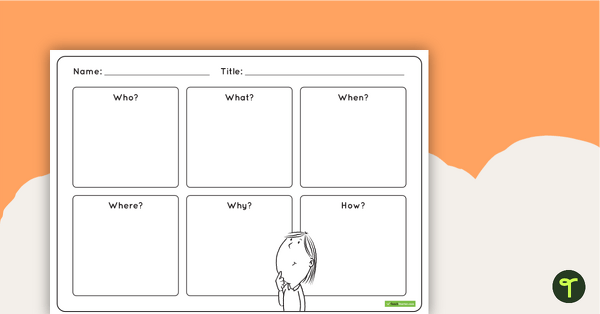
5 Ws and 1 H Planning Worksheet for Narrative Writing
A 5 Ws and 1 H worksheet to use in the classroom.
- Plus Plan
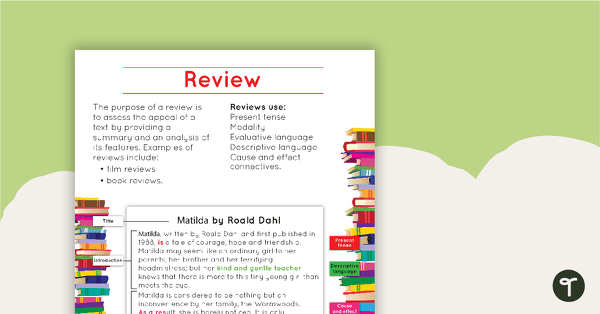
Review Text Type Poster With Annotations
A poster about reviews, including an annotated example.
- Plus Plan
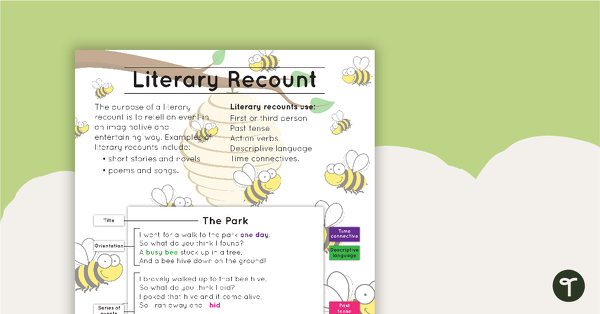
Literary Recount Text Type Poster With Annotations
A poster about literary recounts, including an annotated example.
- Plus Plan
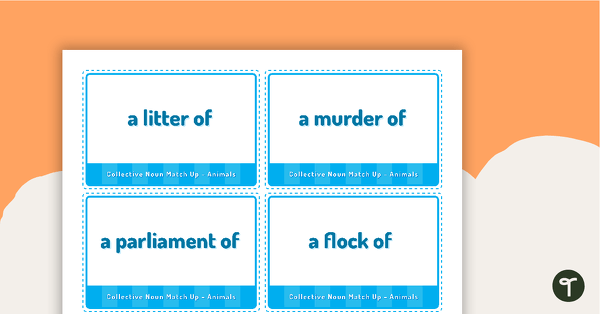
Collective Nouns Match-Up Activity - Animals
A pack of 32 cards to use when learning about collective nouns.
- Plus Plan
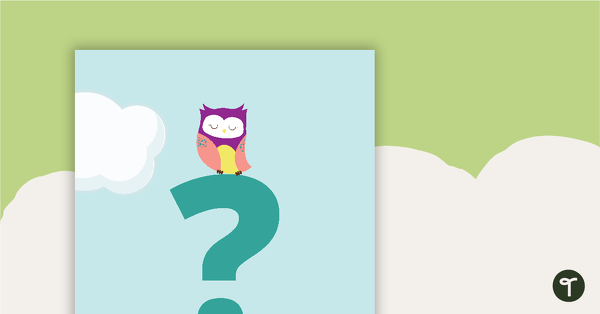
Owls - Punctuation Set
An owl themed punctuation set for your classroom.
- Plus Plan
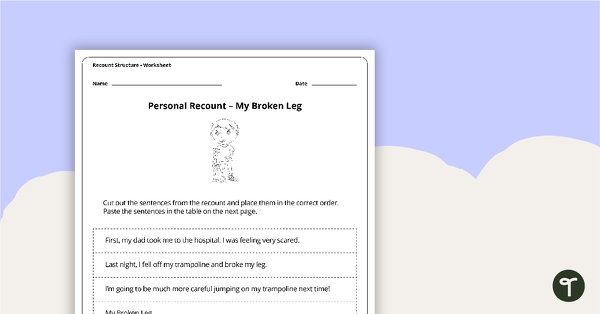
Personal Recount Sequencing Activity - My Broken Leg
A worksheet to use in the classroom when learning the sequence of a personal recount.
- Plus Plan
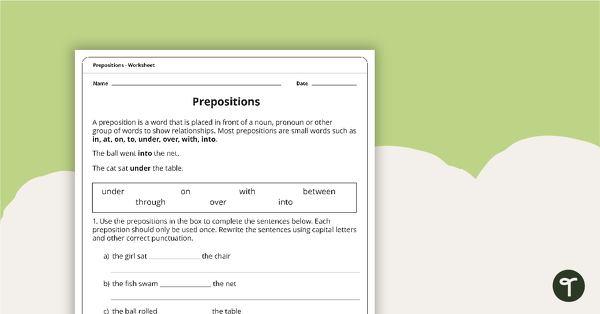
Prepositions Worksheet
A worksheet that explores the use of prepositions.
- Plus Plan
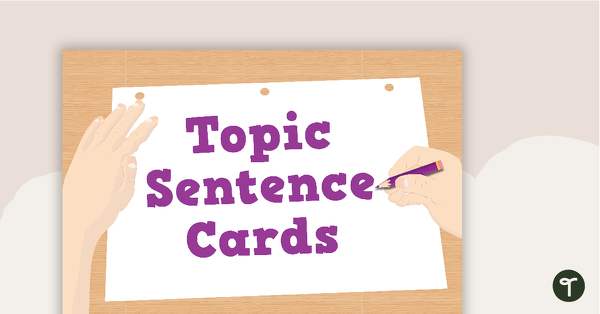
Topic Sentence Starter Cards
A pack of 32 narrative, persuasive and report writing sentence starter cards.
- Plus Plan
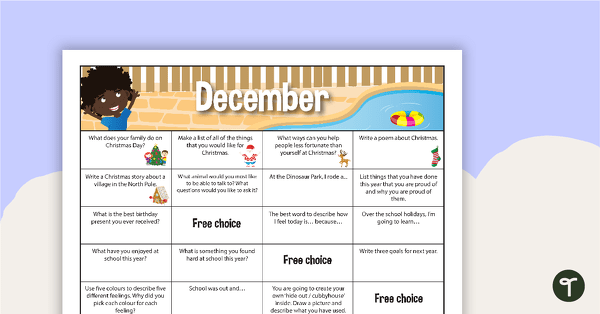
December Writing Prompts - Lower Primary
20 writing prompts for December with corresponding writing sheets.
- Plus Plan
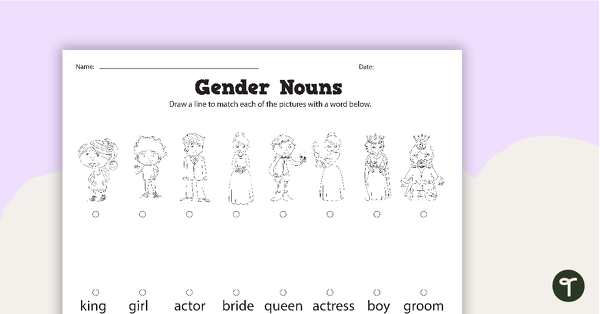
Gender Nouns Worksheets
Two worksheets for lower grades to use when learning about the gender of nouns.
- Free Plan
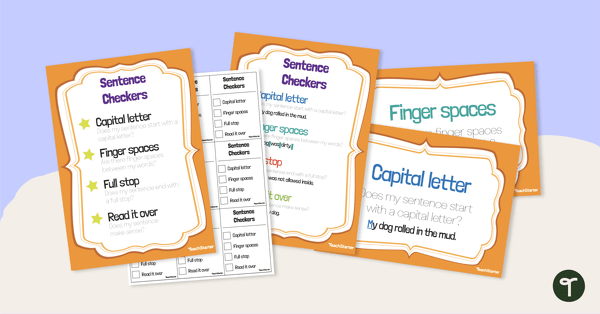
Sentence Checker Posters and Checklist
A set of educational posters outlining the key features to take note of when writing sentences.
- Plus Plan
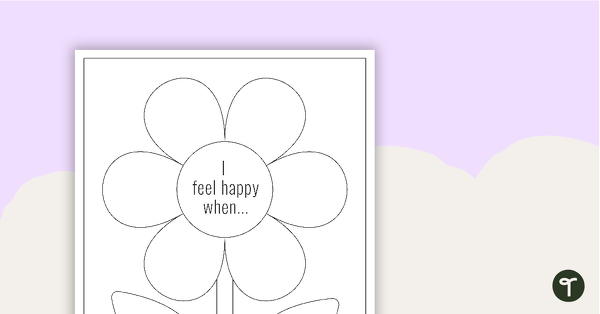
Nature-Inspired Gratitude Writing Prompt Sheets
A set of 5 nature-inspired gratitude prompt sheets.
- Plus Plan
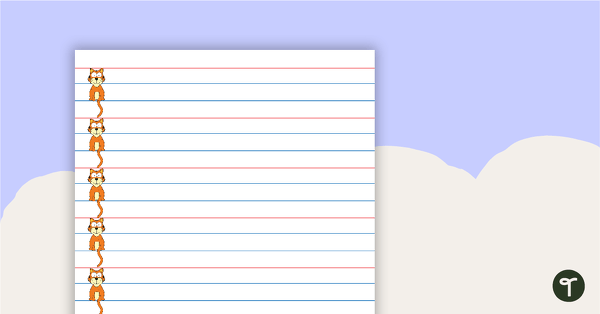
Handwriting Lines with Cat - No Dotted Line
Use the cat to help your students set their handwriting out correctly.
- Plus Plan
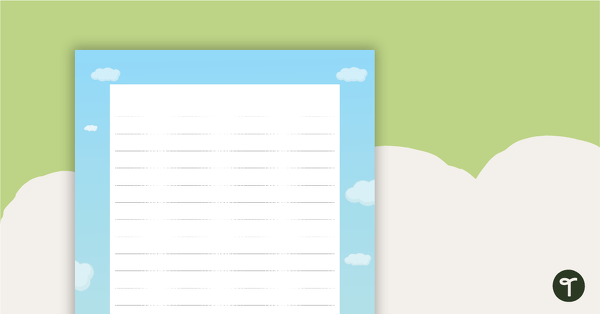
Fairy Tales Writing Sheets
A set of 20 lined pages with fairy tale borders.
- Plus Plan
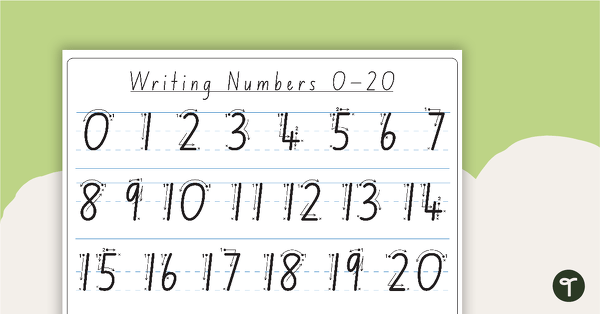
Writing Numbers 0-20
A chart to assist students when learning how to form numbers.
- Plus Plan
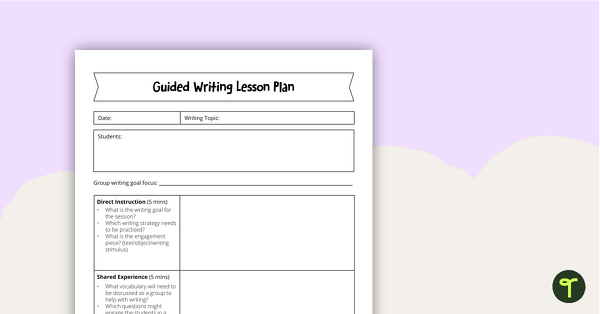
Guided Writing Lesson Plan Template
Use this template to help plan a guided writing session with a small group of students.
- Plus Plan
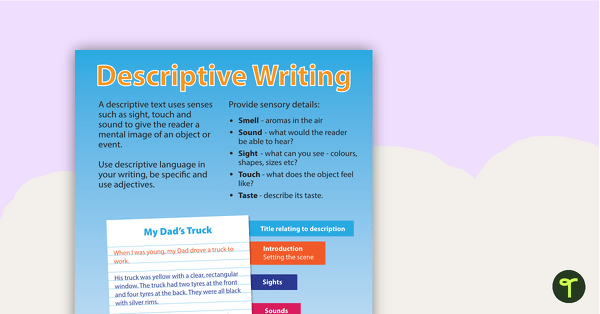
Descriptive Writing Poster With Annotations
A poster outlining the main points and structure of a descriptive text.
- Plus Plan
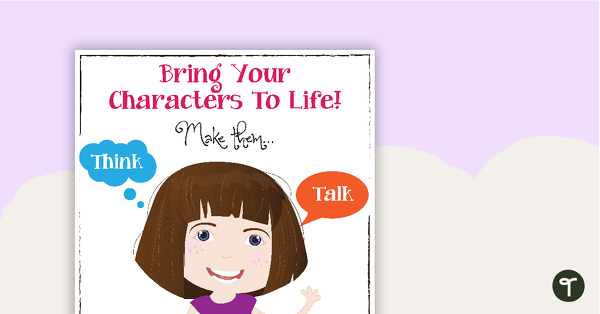
Bring Your Characters To Life Poster
A poster to remind your students to add detail and description to their writing to bring their characters to life.
- Plus Plan

A Letter from the Goldfields - Writing Task
A writing task where students explain life on the Australian goldfields during 1852.
- Plus Plan
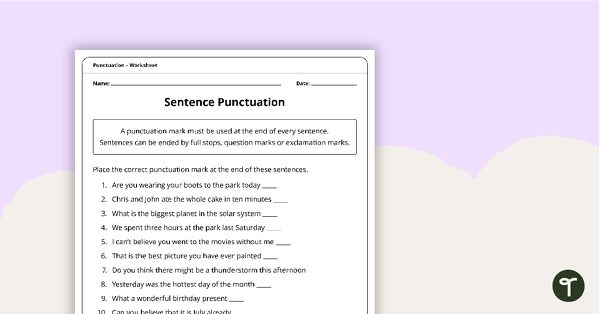
Punctuation Worksheet Pack – Upper Primary
A 6 page worksheet pack to consolidate the learning of punctuation for the upper years.
- Plus Plan
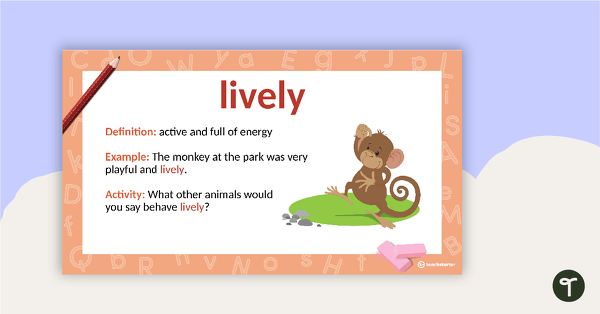
Word of the Week PowerPoint - Year 1
A 40 slide PowerPoint Template for introducing new vocabulary to year 1 students.
- Plus Plan
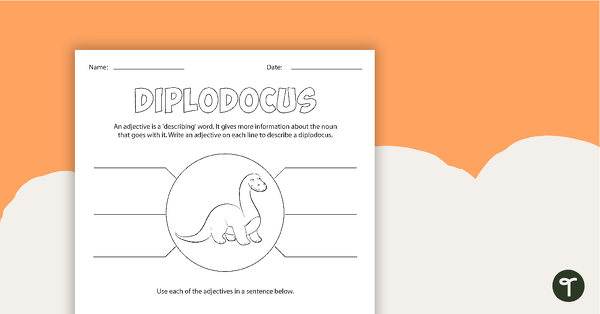
Dinosaur Adjectives Worksheet
A set of 6 dinosaur themed adjective teaching resource worksheets.
- Plus Plan
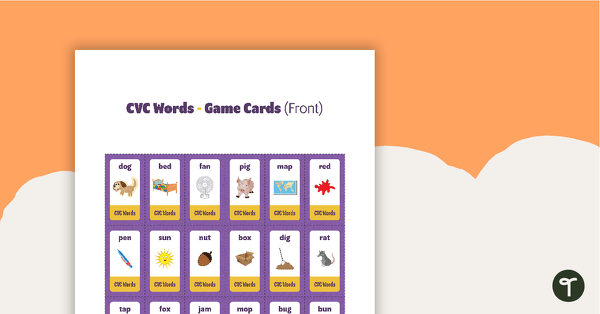
What's My Card? CVC Words Board Game
A set of cards to be used in a Guess Who? Board Game for students to consolidate their knowledge of CVC words.
- Plus Plan
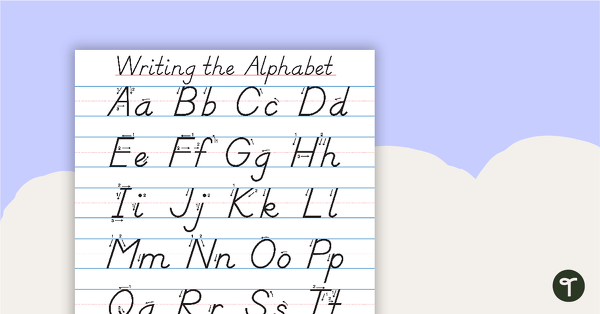
Writing the Alphabet Chart
A chart to assist students when learning how to form letters.
- Plus Plan

Choose Your Own Destiny - Writing Template
Students use a template to help them write stories with alternative pathways for their friends to read.
- Plus Plan
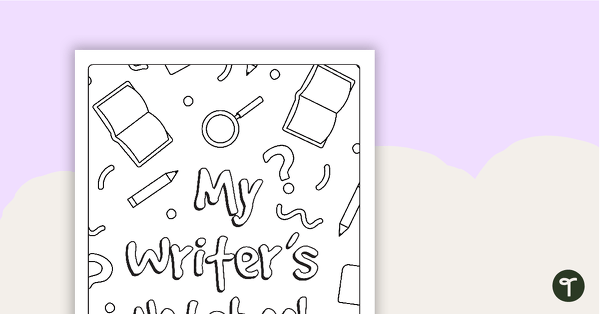
Writer's Notebook Cover Page
A cover page to be used for student's journals.
- Plus Plan
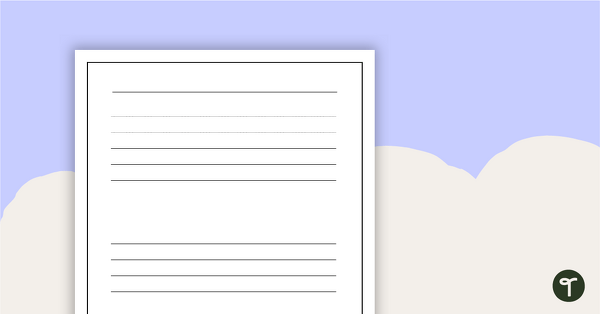
Blank Writing Template
A blank template for pieces of writing.
- Plus Plan
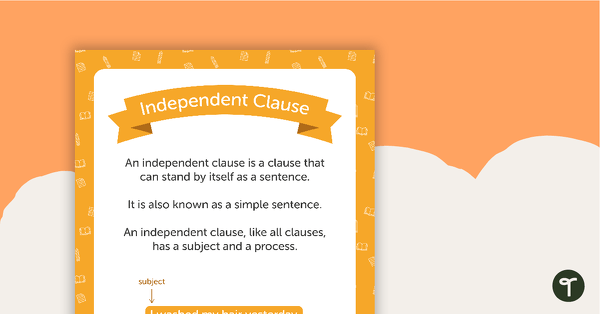
Types of Clauses Posters
A set of five posters examining the structure of independent and dependent clauses.
- Plus Plan
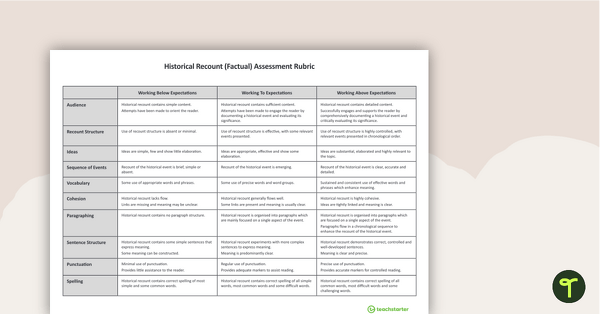
NAPLAN-Style Assessment Rubric - Historical Recounts
A NAPLAN-style rubric designed to help teachers to assess students' historical recounts.
- Plus Plan
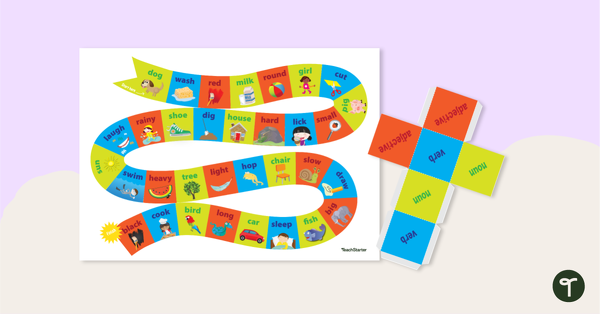
Nouns, Verbs and Adjectives Board Game
Reinforce your parts of speech lesson with our grammar game for up to 4 players.
- Plus Plan
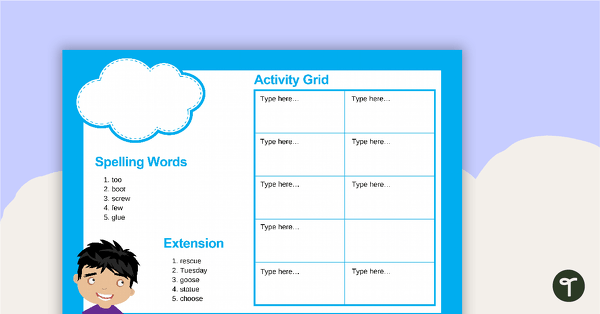
Weekly Spelling Words and Activity Grid - Editable Word Version
An editable spelling grid and activities template.
- Plus Plan
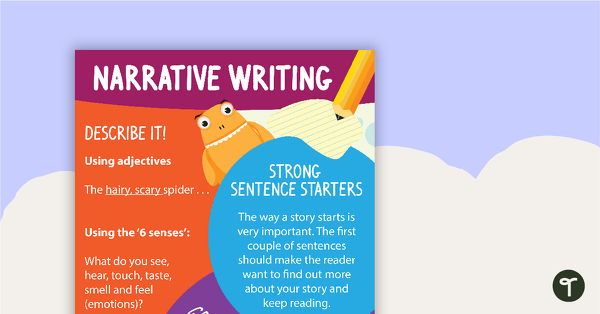
Narrative Writing Poster
A poster to encourage your students to think about narrative writing.
- Writing Worksheets
- Writing Templates
- Writing Games
- Writing Posters
- Writing Teaching Presentations
- Writing Labels, Signs & Decorations
- Writing Word Walls
- Writing Projects
- Writing for Preschool/Kindergarten
- Writing for Foundation Year
- Writing for Year 1
- Writing for Year 2
- Writing for Year 3
- Writing for Year 4
- Writing for Year 5
- Writing for Year 6
- Writing for Year 7